(CLO) In an abandoned church in central London, there are three people living here - an electrician, a sound engineer and a journalist. They are not homeless but legal tenants. They pay a monthly fee to live in the building that once belonged to the priest.
The residents are part of a system of "estate guardians", where tenants live in derelict buildings such as schools, libraries and pubs to avoid Britain's soaring rents.
Live-in Guardians, the company that manages the church, said there had been an increase in applications for residency, especially from people in their 30s and 40s, due to the rising cost of living.
Instead of signing a lease, tenants pay a monthly “license fee,” which is often significantly lower than a typical rent. However, it lacks the legal protections of a traditional lease.
Residents often face inconveniences such as no potable tap water, deteriorating ceilings, and the risk of having to leave with just 28 days' notice.
Despite the less-than-ideal conditions, demand for the model has surged as London rents hit record highs. Average rents in the capital rose 11.5% last year to £2,220 ($2,764) a month, according to UK government data.
For many, “estate guardianship” is no longer a lifestyle choice but has become a last resort to avoid getting caught up in the spiral of expensive rentals.
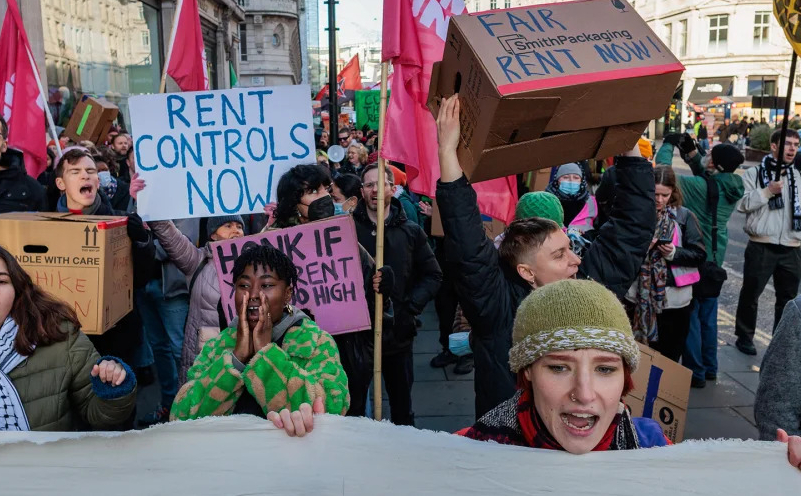
Supporters of the London Tenants' Federation march through London in December 2024 to demand rent control across the UK. Photo: GI
Luke Williams, a 45-year-old tenant, has saved thousands of pounds on rent by living in a former office building in east London for six years. Despite having a stable job and a good income, he says London's "crazy" rents forced him to live this way.
The guardian model not only helps tenants save money, but is also a solution for property owners to prevent illegal occupation without having to spend money on 24/7 security.
In fact, the system originated in the Netherlands in the 1980s and initially attracted artists and musicians looking for cheap, spacious spaces. But today, many people turn to it simply because they have no other options.
According to the Guardianship Providers Association (PGPA), the number of people living in this model in the UK has increased to more than 13,500, while the number of people renting through the private market has reached 11 million. The PGPA reports that there will be around 50,000 applications in 2023, up more than two-thirds on the previous year.
Graham Sievers, chairman of the PGPA, said demand for property guardianships was at its highest since the model was introduced in the UK 20 years ago, with the rise in vacant office space in the wake of the pandemic opening up more opportunities to use these properties as temporary accommodation.
But not everyone is happy with the model. Louis Goss, a 29-year-old journalist, has worked as a guardian at four properties, from a former police station to a student dormitory. Initially, he liked the low cost and freedom of the life. But over time, he realized that many people choose guardianship not because they want the experience, but because it is the only option they can afford.
Goss recalls living in a disused police station in Chelsea, where he and 50 others would party in the cells. He was paying just £500 a month, half the usual rent in the area.
But by 2021, the situation changed as more and more people in their 30s turned to this model to save money amid rising rents.
This temporary living model cannot replace the need for permanent home ownership. According to the UK government, around 300,000 new homes need to be built each year to meet demand, but the current pace of construction is not keeping up.
Meanwhile, the average house price in London has exceeded half a million pounds (about 635,000 USD), making the dream of home ownership increasingly distant for many.
Hoai Phuong (according to CNN, NYP)
Source: https://www.congluan.vn/gia-nha-dat-do-nguoi-anh-phai-thue-tam-nha-tho-truong-hoc-bo-hoang-post332645.html
























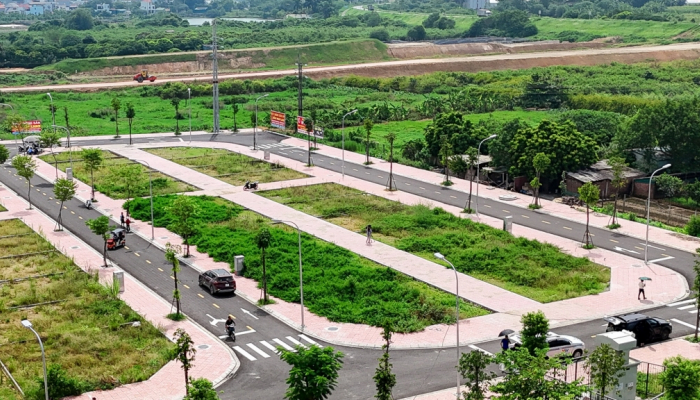

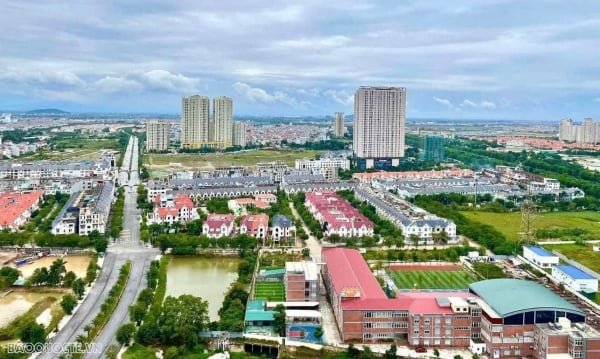



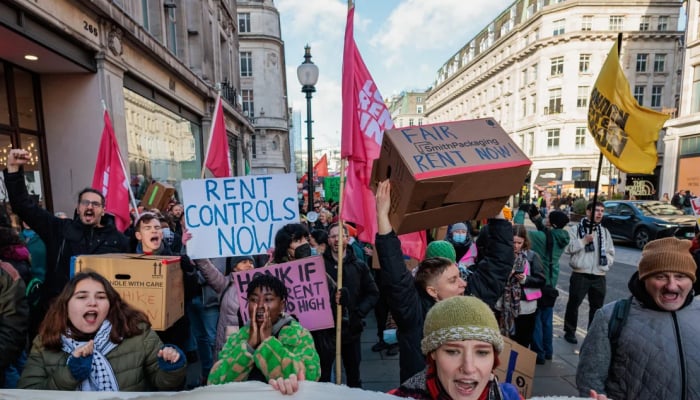















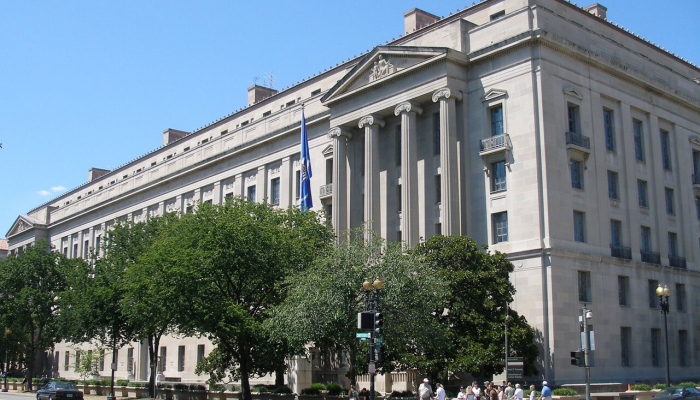














Comment (0)